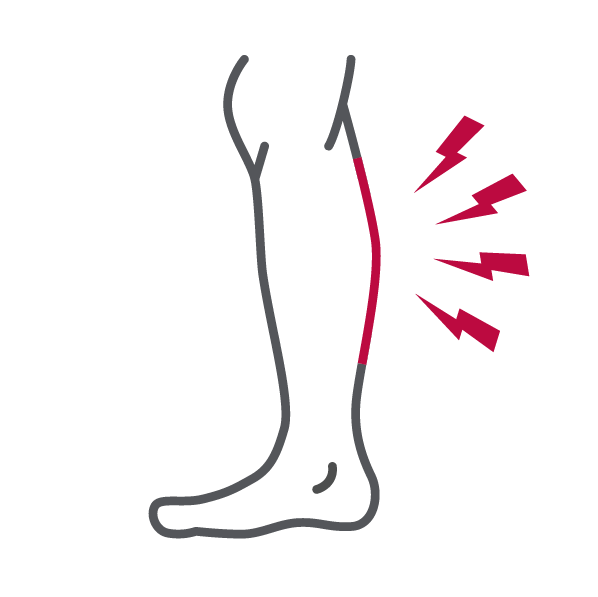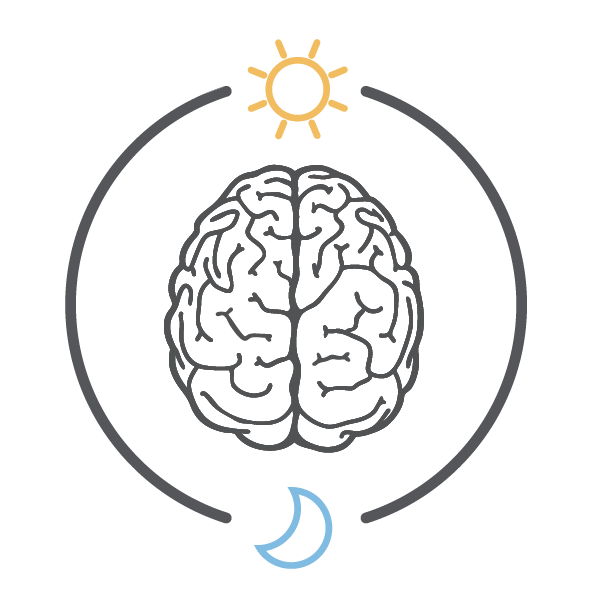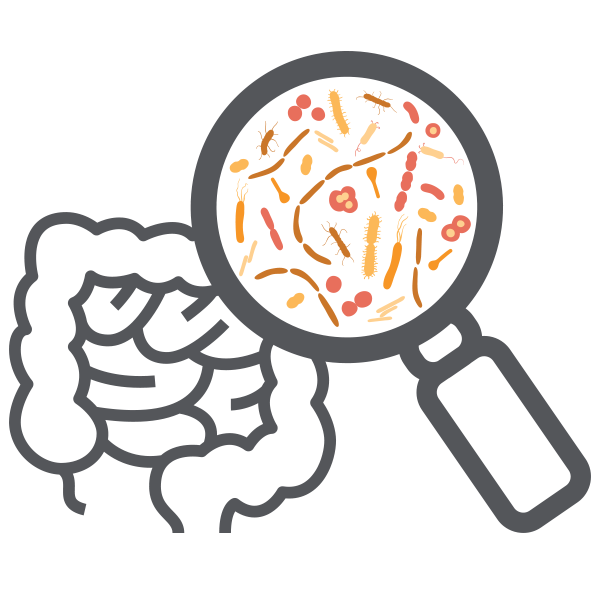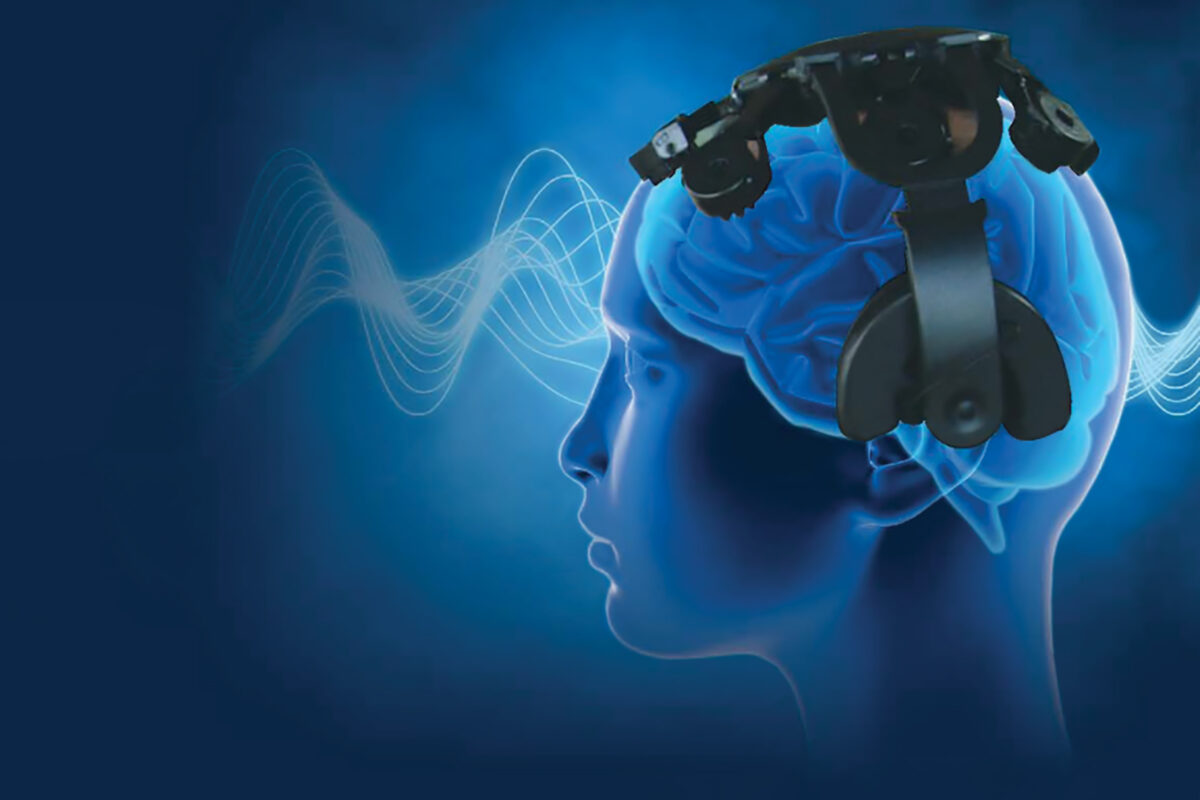
A car accident, a gunshot, a stroke — in an instant, everything changes. Returning to the way things were tends to be slow and difficult, with no guarantees. WashU Medicine researchers are making crucial discoveries regarding the biology of regeneration and recovery. These discoveries pave the way toward — and in some cases already have achieved — innovative new therapies and devices to help people recover from neurological injury as fully as possible.
“I was walking down the hall and one of the patients excitedly flagged me down and said, ‘I just want to let you know that I can put my pants on for the first time in three years.’ At that moment, I realized my work had changed someone’s life.”
— Eric C. Leuthardt, MD
A breakthrough device
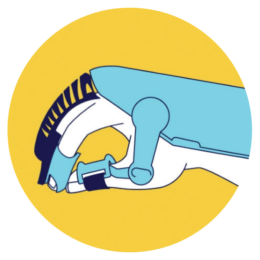
The first FDA-approved device that helps stroke patients retrain their brains is based on research by neurosurgeon Eric C. Leuthardt, MD, and biomedical engineer Daniel W. Moran, PhD. Leuthardt’s insights into motor signaling in the brain led to the development of the IpsiHand, in which patients use a brain-computer interface to control a robotic glove that opens and closes their hands. Repeated use gradually teaches patients’ brains to do it on their own, restoring significant hand function. The FDA designated the IpsiHand a “Breakthrough Device,” which means it meets a critical unmet need, and gave it “de novo” authorization, as there was no similar medical device on the market.
Limiting aneurysm damage
Brain aneurysms — bulges in the walls of brain blood vessels — can burst without warning, triggering a life-threatening medical crisis. The brain has ways to protect itself in the aftermath of a rupture, but those mechanisms can get overwhelmed. Gregory J. Zipfel, MD, the head of the Department of Neurosurgery, has pieced together the molecular pathways underlying the brain’s natural resilience and, in the process, found a way to bolster them and minimize brain damage. His discoveries lay the groundwork for new and promising therapies for this unpredictable and often fatal event.
Coaxing cells into regenerating
Unlike nerves elsewhere in our body, the damaged spinal cord has very limited ability to recover. Neuroscientist Valeria Cavalli, PhD, wants to understand how peripheral nerves heal so she can coax the spinal cord into doing the same. She has discovered that support cells surrounding injured peripheral neurons help them regenerate, and identified a drug that activates these cells and enhances regrowth. Cavalli hopes to translate these findings into therapies for spinal cord and peripheral injuries.
New approaches to stroke recovery
What happens in the first hours to weeks after a stroke can be the difference between good recovery and lifelong impairments. Jin-Moo Lee, MD, PhD, head of the Department of Neurology, analyzed the genomes of stroke survivors and identified two genes related to neuronal excitation associated with good recovery in the pivotal first 24 hours. This suggests that calming overexcited neurons may improve outcomes. One of these genes has already been studied in animal models of stroke, and drugs are being developed to target the gene to mitigate brain injury due to stroke.
- Every year in the U.S., more than 795,000 people have a stroke.
- Stroke is a leading cause of serious long-term disability.
- Stroke reduces mobility in more than half of stroke survivors age 65 and older.
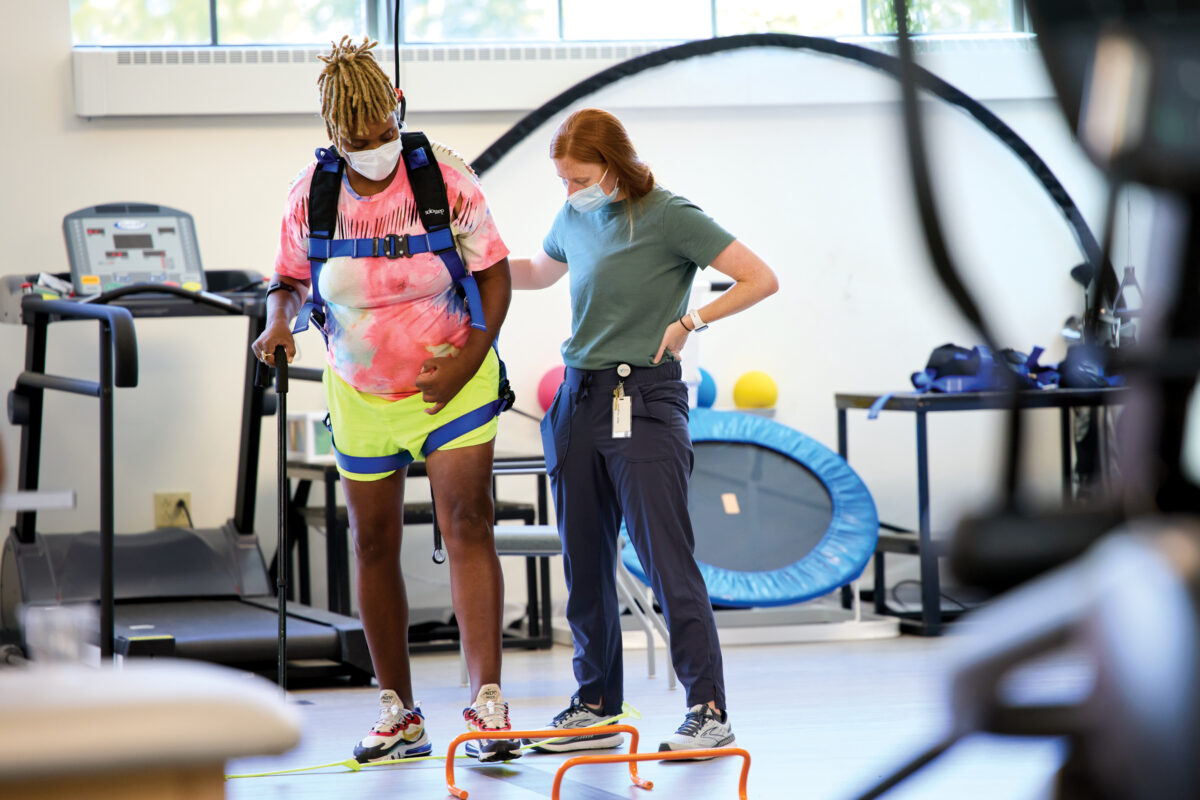
Navigate the neurosciences
Continue exploring the extensive scope of neuroscience research conducted at WashU Medicine.
Published in the Winter 2023-24 issue



